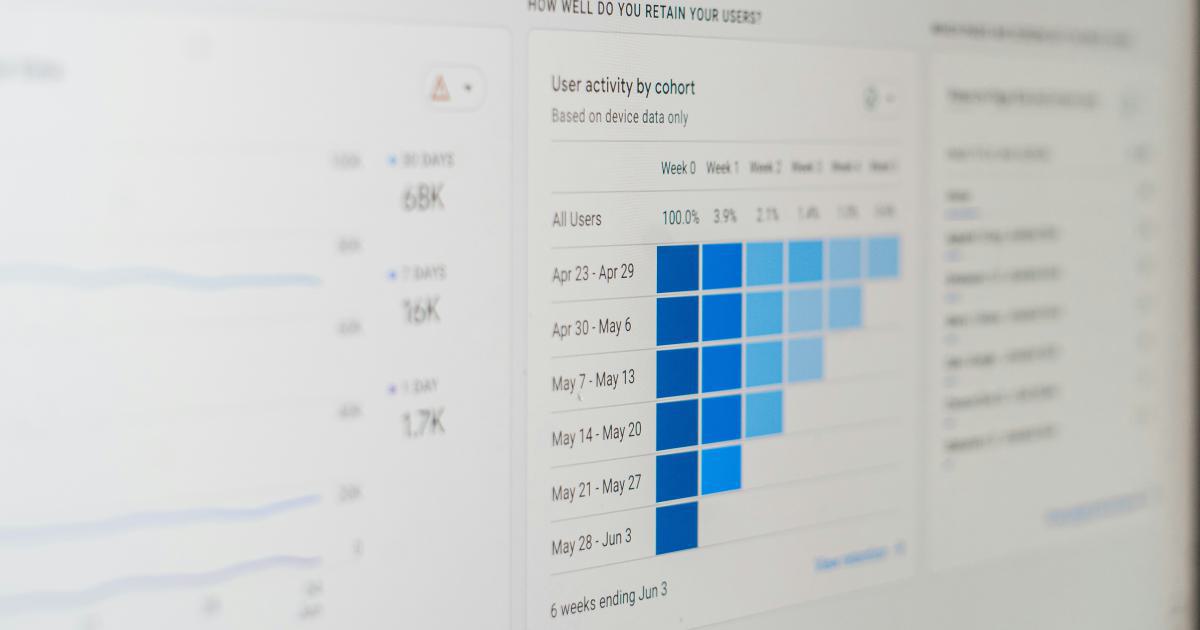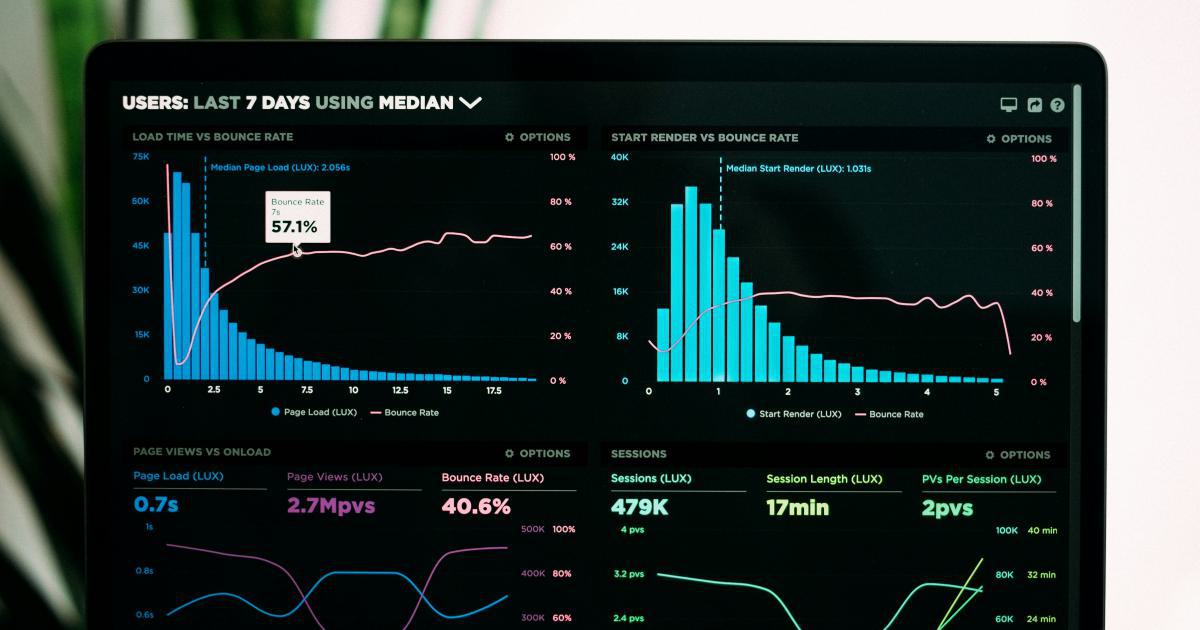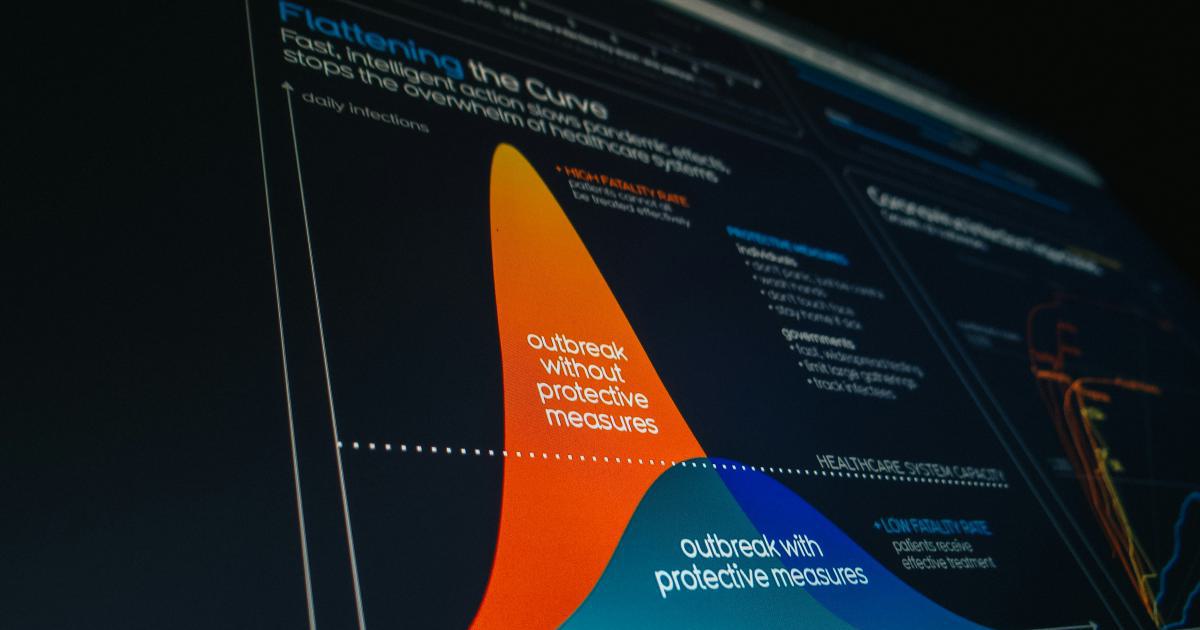Unveiling the Secrets of Effective Data Storytelling


Introduction: The Power of Data Storytelling
Data is a powerful tool for understanding and communicating complex information, but it's not always easy to make it engaging and accessible. This is where the art of data storytelling comes into play. By combining data, visuals, and narrative elements, you can create compelling stories that captivate your audience and drive real impact.
Effective data storytelling goes beyond simply presenting raw data or statistics. It involves crafting a narrative that connects with your audience on an emotional level, making complex information more relatable and actionable. When done well, data storytelling can inspire change, influence decision-making, and spark new ideas.

In this comprehensive article, we'll explore the secrets of effective data storytelling, guiding you through the essential elements, best practices, and real-world examples to help you master this powerful communication technique.
Understanding the Foundations of Data Storytelling
The Importance of Context
Effective data storytelling begins with understanding the context in which your data exists. This means considering the historical, cultural, and industry-specific factors that shape the information you're working with. By providing relevant context, you can help your audience better understand the significance and implications of the data.
For example, when presenting sales data, it's important to consider factors such as market trends, changes in consumer behavior, and the impact of external events. This contextual information can help your audience appreciate the data's significance and draw more meaningful insights.

Identifying the Narrative Arc
Data storytelling is not just about presenting facts and figures; it's about crafting a compelling narrative that guides your audience through the information. Consider the story you want to tell - what is the central message, and how can you use your data to support and amplify that message?
Think about the classic narrative structure, which often includes an introduction, a rising action, a climax, and a resolution. Apply this framework to your data storytelling, using your data to build suspense, reveal insights, and ultimately deliver a meaningful conclusion.
Integrating Visuals Effectively
Data visualization plays a crucial role in effective data storytelling. Carefully selected charts, graphs, and infographics can help your audience quickly grasp the key insights and patterns in your data. However, the visuals should not be mere decorations; they should be intentionally designed to complement and enhance the narrative.
Consider the type of data you're working with, the message you want to convey, and the most appropriate visualization techniques to bring your story to life. Remember, the goal is to create a harmonious blend of data, visuals, and narrative that captivates your audience.

Crafting Compelling Data Stories
Identifying the Audience and Their Needs
Before you begin crafting your data story, it's essential to understand your target audience. Who are they, and what are their interests, pain points, and level of familiarity with the subject matter? Tailoring your narrative and visuals to your audience's specific needs will ensure that your message resonates and has a lasting impact.
For example, if you're presenting data to a group of executives, you may want to focus on the high-level insights and strategic implications. Conversely, if your audience is a group of subject-matter experts, you can dive deeper into the technical details and nuances of the data.
Structuring the Narrative
Once you've identified your audience and their needs, it's time to start structuring your data story. Begin by outlining the key points you want to make and the supporting data that will bring those points to life. Consider the following elements:
Introduction: Capture your audience's attention with a compelling hook that sets the stage for your story.
Problem or Challenge: Clearly define the problem or challenge that your data is addressing, and explain its significance.
Data Exploration: Dive into the data, highlighting the most relevant insights and patterns. Use visuals to make the information more accessible and engaging.
Insights and Implications: Interpret the data and draw meaningful conclusions that address the problem or challenge.
Call to Action: Conclude your story with a clear and actionable recommendation or next steps for your audience.
By following this narrative structure, you can guide your audience through a logical and compelling journey, leaving them with a deeper understanding of the data and its real-world implications.

Crafting Compelling Visuals
Effective data storytelling relies heavily on visuals to support and enhance the narrative. When selecting and designing your data visualizations, consider the following best practices:
Align with the Narrative: The visuals should directly support the key points and messages you're conveying in your story.
Simplicity and Clarity: Avoid cluttered or overly complex visuals that can overwhelm your audience. Strive for clean, easy-to-understand designs.
Consistency and Branding: Maintain a consistent visual style and brand identity throughout your data story to create a cohesive and professional impression.
Accessibility: Ensure your visuals are accessible to all viewers, including those with visual impairments. Use appropriate color palettes, font sizes, and alternative text descriptions.
Storytelling Elements: Incorporate storytelling elements such as annotations, callouts, and interactive features to guide your audience and highlight key insights.
By crafting visuals that seamlessly blend with your narrative, you can create a powerful and memorable data story that captivates your audience.

Engaging the Audience
Effective data storytelling is not just about presenting information; it's about engaging your audience and inspiring them to take action. Consider the following techniques to keep your audience engaged and invested in your story:
Emotional Connection: Appeal to your audience's emotions by highlighting the human impact or the personal relevance of the data.
Storytelling Techniques: Incorporate storytelling elements such as anecdotes, metaphors, and relatable examples to make the data more accessible and memorable.
Interactivity: Offer interactive features that allow your audience to explore the data and discover insights on their own.
Surprise and Delight: Use unexpected or counterintuitive data points to surprise and intrigue your audience, keeping them engaged and curious.
Calls to Action: Conclude your story with a clear and compelling call to action, encouraging your audience to apply the insights or take next steps.
By actively engaging your audience, you can foster a deeper connection with the data and inspire them to take meaningful action.

Mastering the Art of Data Storytelling
Leveraging Proven Techniques
As you develop your data storytelling skills, consider drawing inspiration from the techniques and best practices used by industry experts and successful case studies. Some proven strategies include:
The Hero's Journey: Structure your data story around the classic narrative arc of the hero's journey, where your audience is the protagonist who overcomes challenges and achieves a transformation.
The Inverted Pyramid: Present your most important insights and conclusions upfront, followed by supporting data and details, to quickly capture your audience's attention.
The SCQA Framework: Use the Situation, Complication, Question, and Answer (SCQA) framework to guide the flow of your narrative and ensure that you're addressing your audience's key concerns.
Exploring and experimenting with these techniques can help you refine your data storytelling approach and create more impactful presentations.

Leveraging Data Visualization Tools
The modern data storyteller has access to a wide range of powerful data visualization tools that can help bring their narratives to life. Some popular options include:
Tableau: A leading data visualization platform that offers a range of interactive and customizable chart types.
Power BI: Microsoft's business analytics service, which provides comprehensive data visualization and storytelling capabilities.
Plotly: An open-source data visualization library that supports a variety of chart types and interactive features.
D3.js: A JavaScript-based data visualization library that allows for highly customizable and dynamic visualizations.
By mastering these tools and understanding their unique strengths, you can create visually stunning and data-driven stories that captivate your audience.

Continuous Improvement and Feedback
Effective data storytelling is an ongoing process of learning, experimentation, and refinement. Continuously seek feedback from your audience, test different approaches, and analyze the impact of your data stories to identify areas for improvement.
Consider incorporating the following strategies into your data storytelling practice:
Audience Feedback: Gather feedback from your audience, either through formal surveys or informal discussions, to understand what resonated with them and where they felt the story could be improved.
A/B Testing: Experiment with different narrative structures, visual styles, and engagement techniques, and measure the impact on your audience's understanding and engagement.
Iterative Refinement: Use the insights gained from feedback and testing to refine your data storytelling approach, making incremental improvements over time.
Continuous Learning: Stay up-to-date with the latest trends, best practices, and tools in the data storytelling field to continuously enhance your skills and deliver more impactful stories.
By embracing a mindset of continuous improvement, you can ensure that your data storytelling skills remain sharp and your narratives continue to captivate and inspire your audience.

Conclusion: Unleashing the Power of Data Storytelling
In today's data-driven world, the ability to craft compelling and impactful data stories has become a critical skill for professionals across a wide range of industries. By mastering the art of data storytelling, you can transform complex information into engaging narratives that drive real change and inspire your audience to action.
Remember, effective data storytelling is not just about presenting data; it's about creating a seamless blend of data, visuals, and narrative that captures the heart and mind of your audience. By following the principles and techniques outlined in this article, you can unlock the true power of data storytelling and become a master of this essential communication skill.
So, embrace the journey of data storytelling, and let your data come alive through the power of compelling narratives. The insights and impact you can create will be truly transformative.